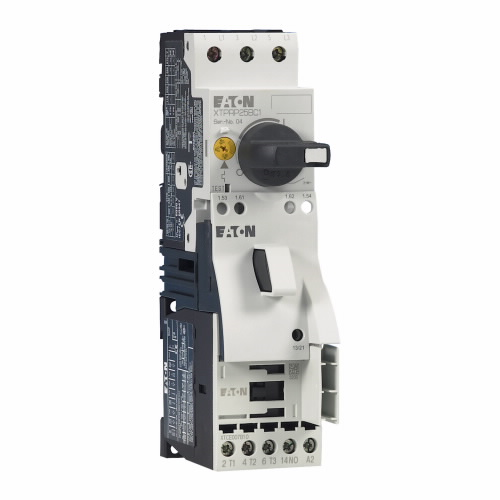The application of limits within an online controlled system and operation network provides key safety features. They come in multiple forms, from thermal versions to other sensory-driven restrictions. Integrated properly into a manufacturing network, limits can catch risks and growing problems faster and better than human monitors assigned to tag-out or safety switch. Further, limits work in a 24/7 capacity, never getting tired and maintaining reliability as long the equipment is kept in operating condition and protected.
Hardware and Software Choices
Limits come in multiple options. Mechanical hardware limits follow technology that has been around for years, generally utilizing a physical temperature sensor to trigger a mechanical reaction, typically one connected to a switch that shuts of power or fuel flow to a process. Mechanical limits are also often referred to as analog limits and usually have an advantage in applications where computerized equipment does not work so well or one needs limit controllers on a tight budget or able to function under extreme conditions.
Software-driven limits operate with far more modern technology and sensors, generally providing the same function but also giving users a far greater capability of remote control via network connection as well as data response and reporting. They are, however, far more vulnerable to environmental conditions, with the chipboards involved being an Achilles’ Heel that can malfunction or burnout under high stress. Dubbed microprocessor limits due to their chip-based programming design, these limits tend to be very compatible with computerized network management in manufacturing.
Thermal Limits
Temperature-based, thermal limits or disconnects provide the ability to place a cap on heat-based manufacturing operations before the heat environment goes beyond safe parameters and becomes a runaway problem condition. Instead, a thermal limit can be designed to sense the operation risk about to occur in a heater or high-temp operation and shut it down safely instead of waiting for a manual response. Doing so protects employees, valuable equipment, materials and resources and more.
Trip Limits
Alternatively, trip design limits provide a controller function that also can shut down a system when a specific frequency factor or event occurs. Unlike temperature limits, which depend on environmental conditions to occur, a trip limit takes action based on the presence of a given type of activity. These protective devices can be useful when flow rates run with too much pressure, assembly movement goes too fast or too slow, or sensors indicate the presence of interference that shouldn’t be happening. Trip limits can be applied in a variety of conditions, which makes them very flexible and useful in a broad range of manufacturing applications.
Dealership Support at Your Fingertips
Seagate Controls provides you a direct access to obtaining Watlow limit control solutions as well the support you need for follow-up questions, information and maintenance training. Our trained specialists can help you understand in detail the value Watlow limit and disconnect products compared to other control options on the market. With the savings, performance and reliability, hands down, the Watlow product limit offerings leap ahead of the competition.
